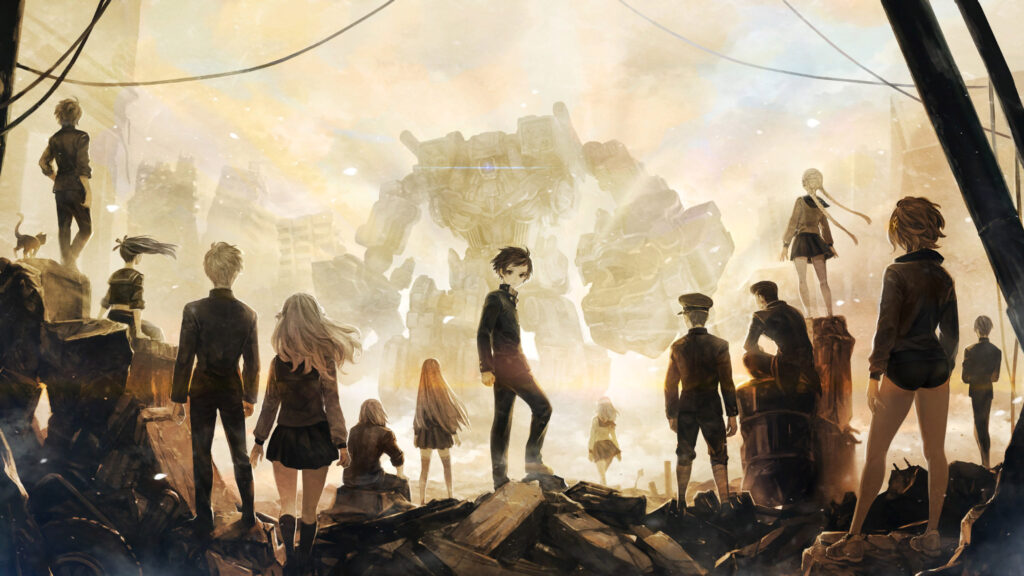
When most people think of Vanillaware, lush and painterly fantasy action-RPGs come to mind. This observation is largely due to their acclaimed releases; such as Odin’s Sphere, Dragon’s Crown, and Muramasa: The Demon Blade.
The team has dabbled in a few other genres in the past, but most of their fans discovered Vanillaware thanks to those action-RPGs. With 13 Sentinels: Aegis Rim the designers have opted to take a big risk, by leaving their comfort zone and doing something totally different from their past games.
What can people expect from 13 Sentinels: Aegis Rim? A few things you can guarantee is beautiful art with elaborate animation, females with desirable characteristics, and a fetishistic emphasis on food. One thing is for sure, 13 Sentinels: Aegis Rim is not going to be for everyone.
13 Sentinels: Aegis Rim
Developer: Vanillaware
Publisher: Atlus
Platforms: PlayStation 4
Release Date: November 28th, 2019 (Japan), September 22nd, 2020 (Worldwide)
Players: 1
Price: $59.99
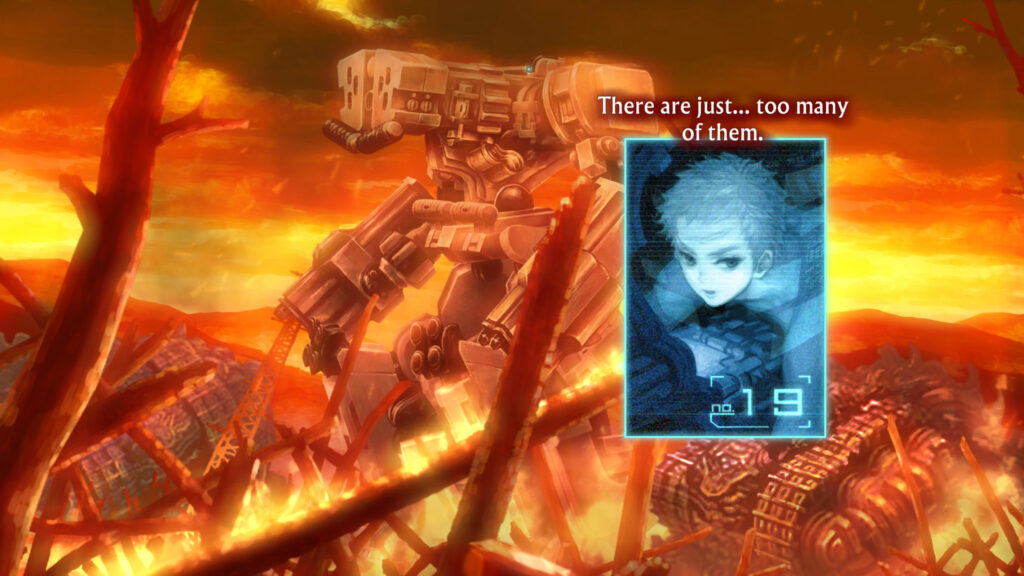
When 13 Sentinels: Aegis Rim was first announced, the hype of another Vanillaware action-RPG was at a fever pitch. The first trailers depicted a science-fiction setting and that large mecha would play an important role, and everyone assumed that it was going to be a mecha action-RPG.
Those who were hoping for that will be in for a rude awakening, because that is not what this is. 13 Sentinels: Aegis Rim is a point-and-click adventure game, with many branching paths and several RTS battles mixed in for good measure.
Anyone who is able to accept that, will find that 13 Sentinels: Aegis Rim more than succeeds at what it aims to do. What Vanillaware has done is one of the most ambitious and intricate science fiction narratives that was ever assembled into a visual novel.

The developers have crammed in almost every sci-fi plot concept imaginable into the stories of the 13 playable protagonists. On top of all this, all 13 characters’ stories are connected, and tie into a grander mystery that drives everything forward.
Impressively the plot is told in a non-linear way, since players are set loose early on to play at their own pace. Not all 13 characters are available at the start, but you are free to play them in any order, and experience the story as you see fit.
Being able to explore the narrative and branching paths this way is novel. It allows you to get immersed in the details of the world that Vanillaware crafted, by being able to experience things from another perspective. One character may be an Imperial recruit from World War II era Japan, another may be a modern-day high-school delinquent.
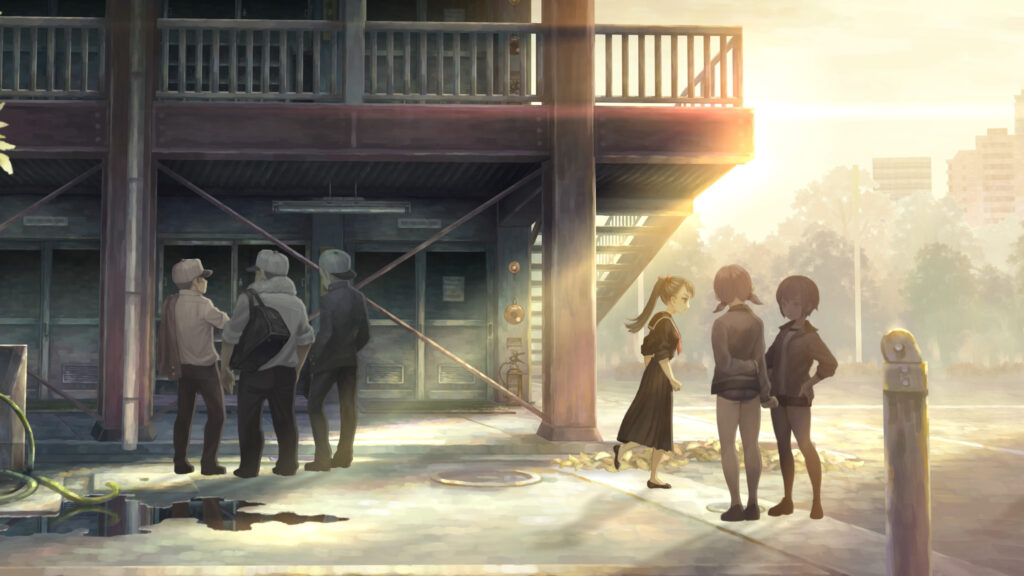
With 13 plot threads going on, a lesser team would likely bungle one or more of them. Miraculously, Vanillaware manages to keep every character consistent, and not a single story is a runt of the litter. The overall narrative is a mystery, and trying to guide characters on the correct path to discovering the truth is the driving question.
What muddles the flow is understanding how all the stories fit together chronologically. This also applies to the RTS mecha battle sequences, which is not clear when they are occurring in the story till many hours later. Certain battles and specific story events must happen in order for some paths to open, and for new characters to be unlocked.
It is plainly obvious that events are connected to each other, but the freedom players are granted to experience the story makes it very hard to understand how it all connects. It is like having many chapters from different books in a single series, they are not numbered, and you have to read them all in order to understand everything.
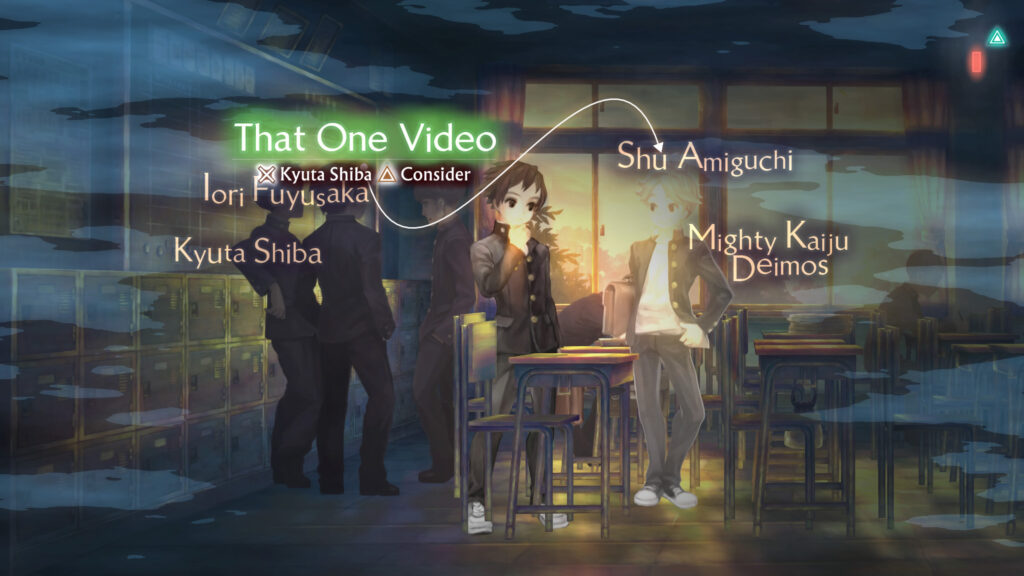
This state of confusion puts the player in the same mindset as the characters, who are desperately trying to figure out their place in the world. Unraveling the mystery is done by acquiring “key words” or ideas, which function like using items in most point-and-click adventure games.
Frequently, a character will have to go back to previous branching point, but will be ready to deal with the situation thanks to the new-found knowledge they acquired in later events. How all of this works is back loaded, and does require the player to put some faith in the writers early on.
Adventuring is a relaxing experience, since most of the gameplay involves walking around and talking to other characters, reading flavor text, and using key words in conversation. It is made all the more atmospheric thanks to the music crafted by Basiscape and Vanillaware’s artists.
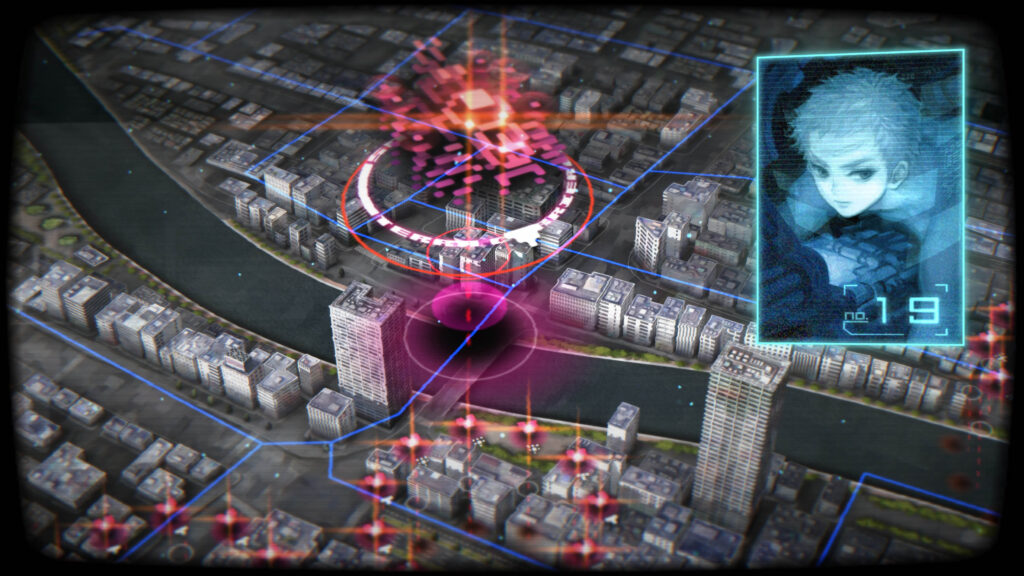
The RTS combat is as laid back as the driving mystery plot. Just like the character stories, the battling can be done at your own pace, but are linear. 13 Sentinels gives players all the time in the world to decide on who attacks and where their units will go, since time only moves when units are cooling down or when moving on the field.
The combat is where the hints that 13 Sentinels was originally designed as PS Vita game shows. The visual representation of the battles are done with nondescript plain city maps, and all units are depicted as symbols instead of Mechas and Kaiju.
The length of battles are brief, and rarely go on longer than 10 minutes; likely a hold over from this being a portable game, which are typically designed with shorter play cycles. The combat system is also seemingly meant to be an entry-level RTS, due to how simple the strategics can be.
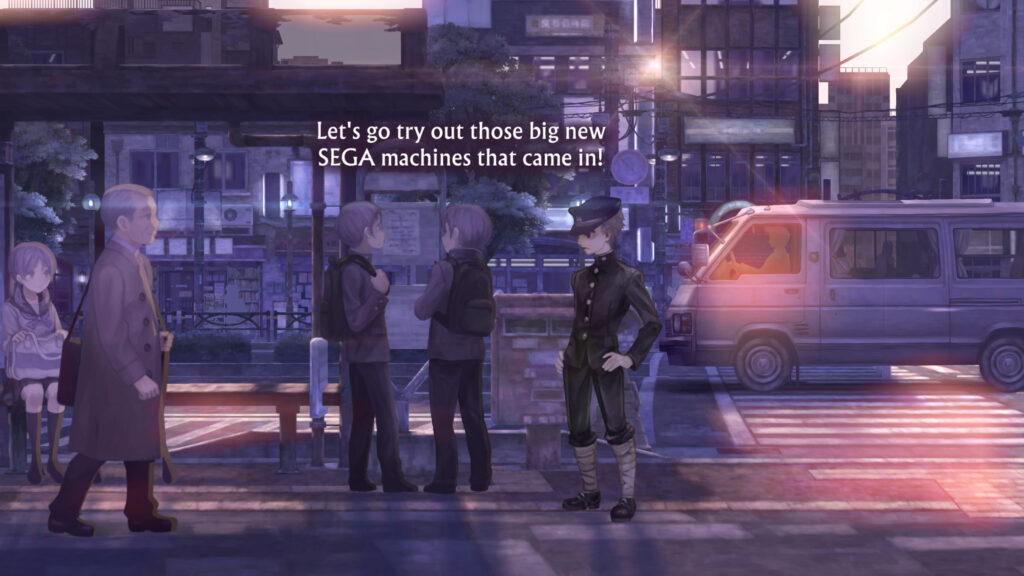
Most battle objectives involve defeating all enemies or one specific boss, while defending the Aegis territory and not allowing any units to die. Threats will come in large numbers, but the six sentinels you take into battle can do huge damage to many foes.
It is satisfying to see an explosion of damage numbers erupt in a circular pattern like a nuclear blast. It is a cute little nuance that makes sense when firing missiles at an obscure symbol.
The lack of visual representation of the Sentinel units are not limited to the battles, because they are rarely scene in the story as well. The Sentinels are only a small piece to the bigger tapestry of the story, and it can be surprising when they actually do show up. A map with symbols and character portraits is not visually stimulating.
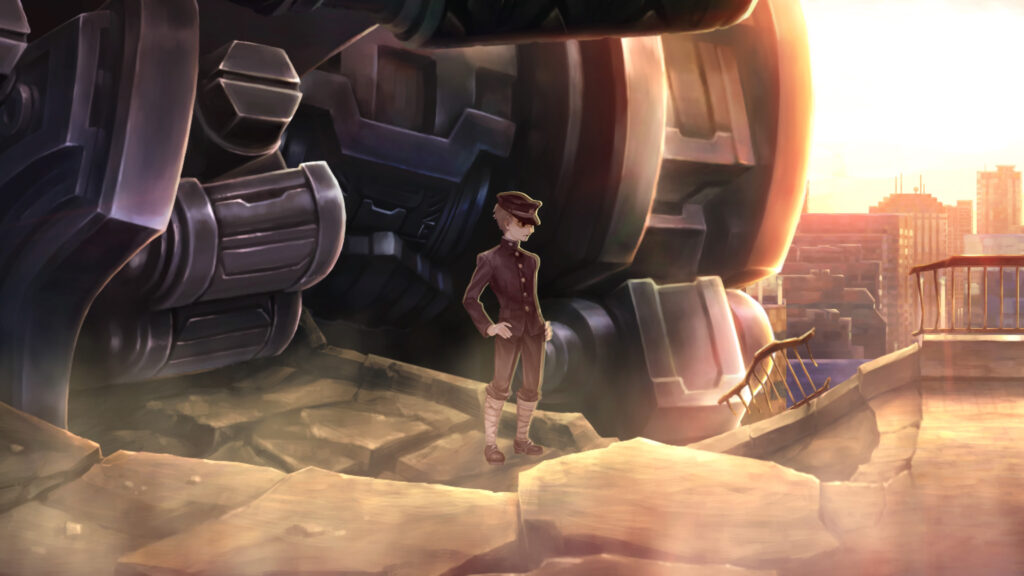
This is easily the biggest disappointment of 13 Sentinels, and does affect combat negatively since enemy types have their own strengths and weaknesses against certain attacks. Not being able to quickly identify what a threat is without having to highlight it does break the flow of the war.
Not paying attention to what you are attacking can lead to wasted resources, since some enemies will nullify all damage unless it is over a specific amount. Flying Kaiju are unaffected by most melee attacks, and require an EMP blast to bring them within range.
This makes who you bring into a battle crucial, since every Sentinel is different, and each has their role to fulfill in the field. First generation Sentinels are built for melee, and have only a few anti-air countermeasures.
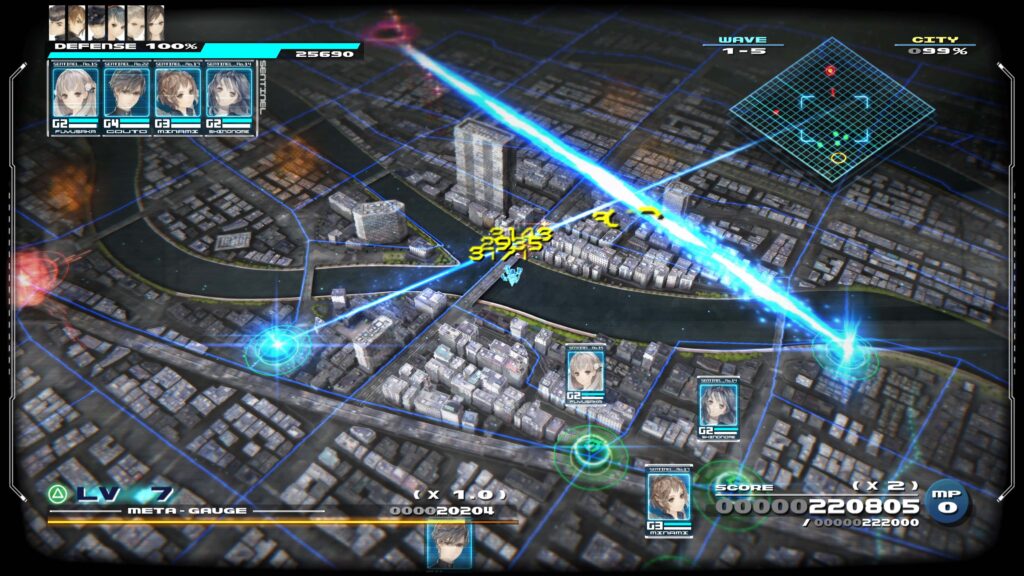
Fourth generation Sentinels can fly and are not limited to the map grid, while also being more vulnerable to anti-air weapons. Being able to bring in the right team to a battle can make them go very smoothly, and the pre-battle screen will give some suggestions on who to take.
It is not possible to rely on the same party members, since characters take a huge physical toll when driving a mecha for consecutive encounters. The game will auto-bench a character, forcing you to improvise and to try other pilots.
Compounded with a robust character builder system to grow and gain more abilities, there is no shortage of ways to strategize and experiment. The combat may not look like much, but the mechanics are tight and deep enough to convey the scope that Vanillaware was aiming for in their story.
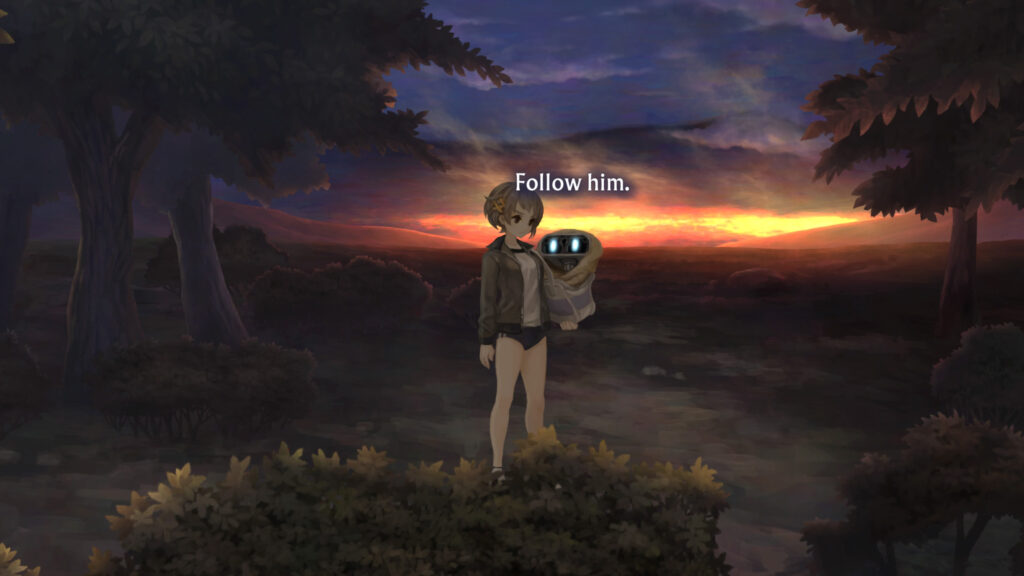
Like always, Hitoshi Sakimoto’s distinct Basiscape sound is a major aspect of 13 Sentinels‘ atmosphere. Often sweeping with hints of piano and orchesta, Aegis Rim‘s score also has a techno flair to reflect its sci-fi narrative, making it sound a little bit like Ghost in the Shell at times.
Understanding that 13 Sentinels: Aegis Rim was designed as a PS Vita game and is mostly a visual-novel with some RTS gameplay is vital since it is excellent at what it is. Expecting it to be anything else is setting yourself up for a bad time.
13 Sentinels: Aegis Rim is absolutely a must-play for fans of story-driven adventure games. This one especially has some legs to it; getting immersed in the mystery is easy to do thanks to the writing, and beautiful art and animation.
13 Sentinels: Aegis Rim was reviewed on PlayStation 4 Pro using a review code provided by Atlus. You can find additional information about Niche Gamer’s review/ethics policy here.